NCHE Partners with the Library of Congress
NCHE
APRIL 1, 2025
The National Council for History Education (NCHE) is excited to announce a new partnership with the Library of Congress Teaching with Primary Sources program (TPS). As of February 2025, NCHE serves as the director of one of the Librarys newest regional granting entities, the Great Plains Region.


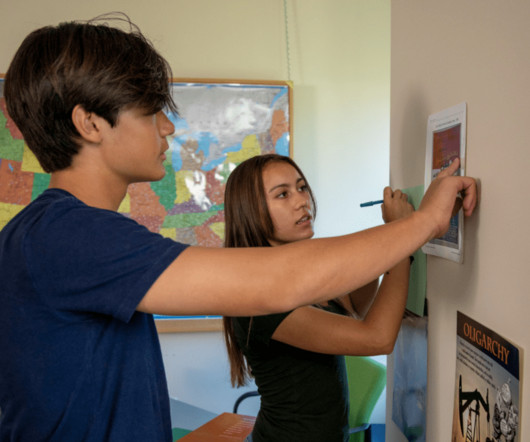


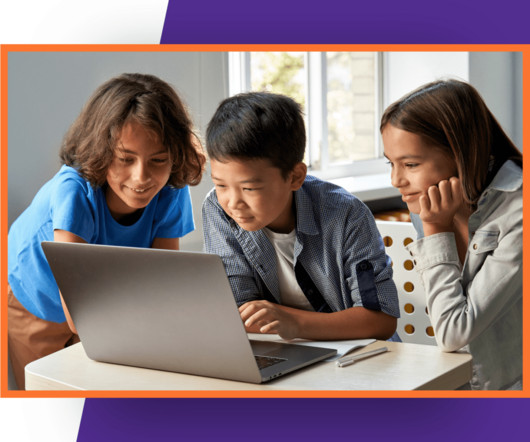

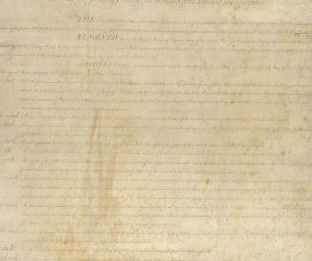
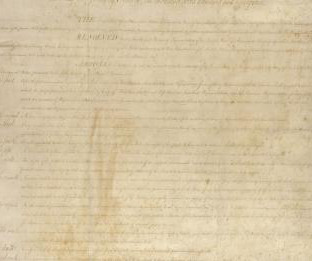






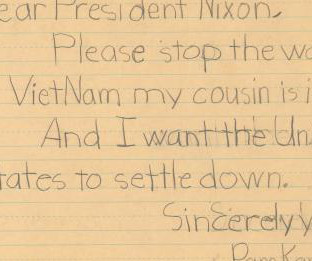




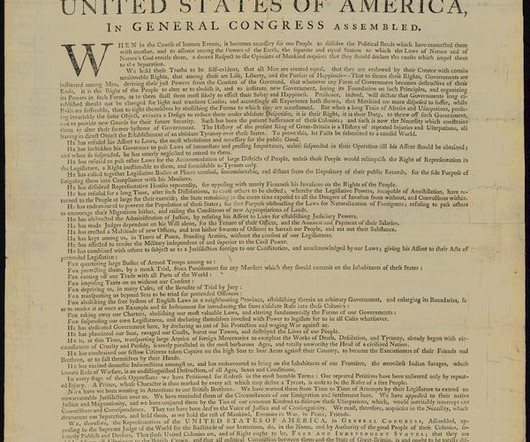
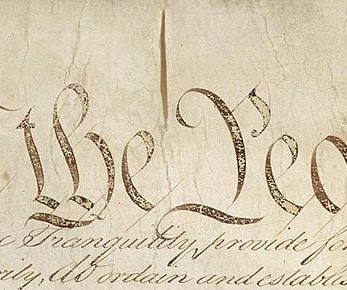




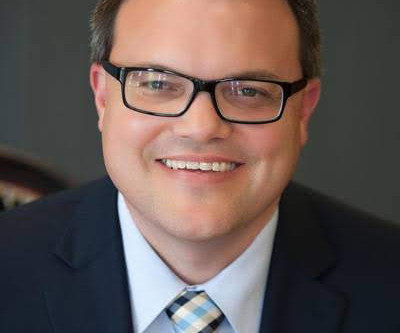


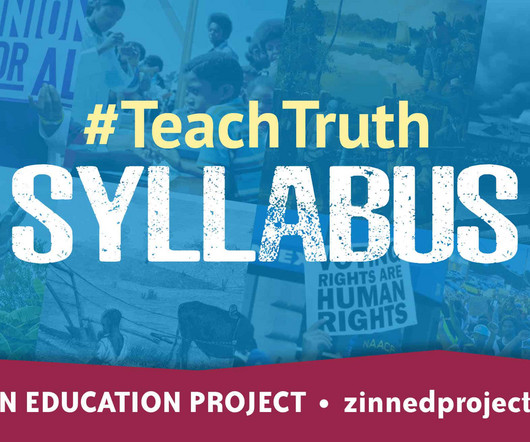






Let's personalize your content